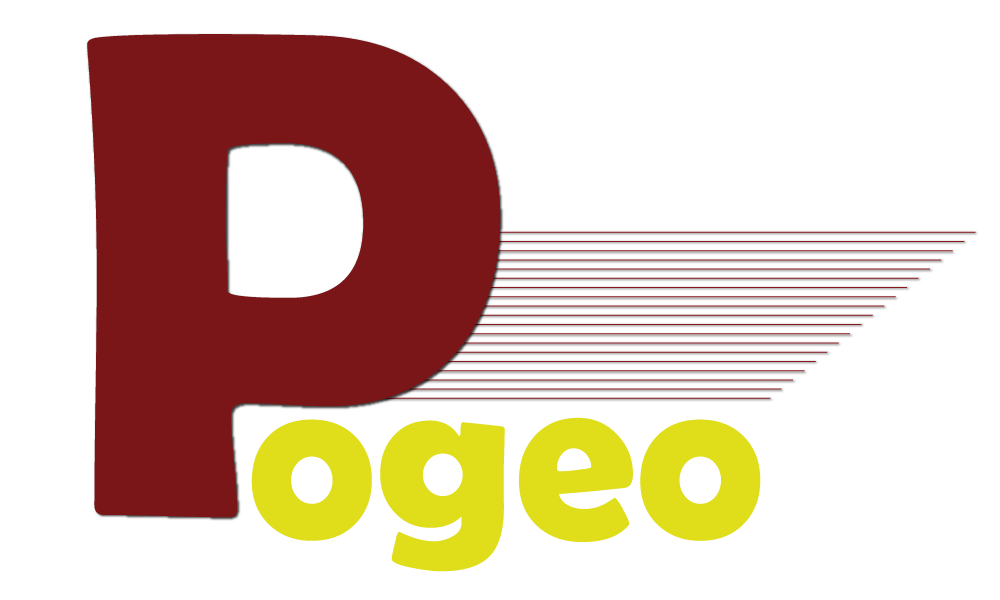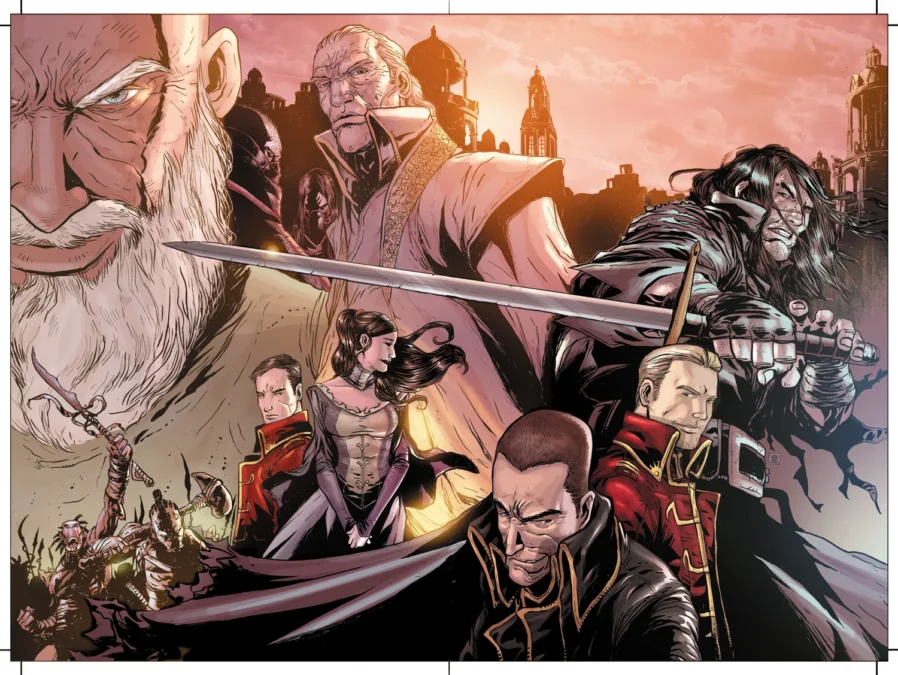Few fantasy novels capture the brutal complexity of human nature like The Blade Itself by Joe Abercrombie. As the opening book in The First Law trilogy, this debut work has become a cornerstone of modern grimdark fantasy. Set in a morally grey world where justice is elusive and survival is its own reward, The Blade Itself blends wit, violence, and introspection in equal measure. With unforgettable characters and razor-sharp prose, it challenges everything readers expect from traditional fantasy.
The story begins with three central characters: Logen Ninefingers, a battle-worn barbarian with a haunted past; Inquisitor Glokta, a former war hero turned torturer; and Jezal dan Luthar, a vain nobleman with dreams of glory. As their lives intertwine through politics, war, and hidden magic, Abercrombie pulls back the curtain on a world where honour is dead and power demands compromise. If you’re wondering whether The Blade Itself lives up to its considerable reputation, let’s dig deeper.
A world of cynicism, steel, and survival
Unlike many high fantasy epics filled with noble quests and grand destinies, The Blade Itself thrives in the mud and blood of everyday conflict. The world Abercrombie crafts is rich in political intrigue and layered with tension. From the decaying Union to the mysterious North and the savage South, each region feels distinct yet equally broken. This isn’t a tale where the good triumph over evil—it’s a tale where everyone has something to hide.
Much of the book’s success lies in its voice. Abercrombie’s writing is laced with dark humour and brutal honesty. Characters argue with themselves, second-guess their every move, and wrestle with regret. The internal monologues feel so authentic they’re almost uncomfortable, echoing thoughts like “I want to sleep but my brain won’t stop talking to itself”. These introspective moments lend emotional depth to even the most hardened warriors.
The meaning behind The Blade Itself
The title The Blade Itself is more than just catchy—it’s a philosophical nod to Homer’s Odyssey, in which the phrase “the blade itself incites to deeds of violence” appears. Abercrombie uses this idea not only as a thematic anchor but also as a mirror to his characters’ choices. Violence isn’t glamorised; it’s shown as messy, chaotic, and deeply personal.
Through this lens, the novel examines self-destruction and inner conflict. Characters often become victims of their own worst instincts, like a snake eating itself. Inquisitor Glokta, for example, lives in physical pain but inflicts mental anguish on others, caught in a cycle of cruelty that’s both tragic and fascinating. The Blade Itself refuses to separate its violence from consequence, forcing readers to consider what it really means to survive in such a world.
What makes the characters unforgettable

One of the strongest aspects of The Blade Itself is its deeply flawed, brutally honest cast. These are not heroes in shining armour. Logen is feared and forgotten, a man who has done terrible things and knows it. Glokta, though monstrous in profession, is arguably the most sympathetic, driven by pain, bitterness, and a desire for some measure of justice. Jezal begins the story as a pompous fool but slowly—and believably—starts to grow.
Each character brings their own version of trauma and ambition to the narrative. Rather than marching toward greatness, they stumble, fail, and lie—to others and themselves. This layered storytelling mirrors real life more than fantasy, creating characters who feel eerily human. It’s no surprise that fans often say, “The Blade Itself isn’t about what happens—it’s about who it happens to.”
Pacing and criticisms: is it overhyped?
For all its strengths, The Blade Itself is not without criticism. Many readers feel the plot lacks momentum, especially in the early chapters. The book spends a great deal of time setting the stage—introducing characters, building the world, and slowly drawing connections between storylines. While this allows for immersive world-building, it can test the patience of those seeking immediate action.
Additionally, the lack of a clear antagonist or singular goal can leave readers feeling adrift. Unlike classic fantasy stories with defined arcs, The Blade Itself focuses more on philosophical dilemmas than epic quests. But for those willing to invest time, the payoff arrives in subsequent books—particularly in Before They Are Hanged and Last Argument of Kings. Taken as a trilogy, the slow burn becomes a masterclass in storytelling.
Literary value and thematic brilliance
Beyond its grit and gore, The Blade Itself shines as a work of literary craftsmanship. Abercrombie uses metaphor and irony like weapons, dissecting everything from class privilege to military honour. Themes like “history repeats itself”, “life itself consumes ambition”, and “violence begets violence” are explored with refreshing boldness. It’s not a stretch to say that this book deconstructs fantasy as a genre, only to rebuild it with more authenticity.
Readers often describe the writing as cinematic, and for good reason. Scenes play out with vivid choreography, clever dialogue, and surprising tenderness. The relationships—however dysfunctional—carry emotional weight. Whether it’s a tense interrogation or a drunken fencing match, every chapter serves a purpose. It insists upon itself in the best way: not with arrogance, but with confidence in its voice.
Should you read The Blade Itself?
If you’re a fan of dark, character-driven fantasy that values grit over glory, The Blade Itself is essential reading. It’s not the kind of book that holds your hand or offers neat resolutions. But it is intelligent, bold, and relentlessly honest. Abercrombie dares to ask: What if the heroes are liars? What if the villains are just broken people doing their best?
That said, if you’re after something light, whimsical, or fast-paced, you may struggle with the book’s tone and structure. This isn’t escapism—it’s confrontation. It peels back the fantasy façade to show what lies beneath: pain, compromise, and identity. And in doing so, it earns its place as a modern classic.
Final reflections on The Blade Itself
In the ever-expanding library of fantasy fiction, The Blade Itself has carved out a space that few novels can match. It is as much a commentary on the human condition as it is a story about swords and sorcery. With a cast of unforgettable characters, unflinching prose, and a world that feels disturbingly familiar, it leaves readers questioning what they believe about good, evil, and everything in between.
While it may not be for everyone, its influence is undeniable. For those willing to dig into its layers, The Blade Itself offers not just a book—but an experience. It whispers that survival costs something, that identity is fragile, and that the blade—once drawn—changes everything. In a genre often content with comfort, Abercrombie delivers discomfort in the most compelling way possible.
Frequently Asked Questions
What is The Blade Itself about?
It’s a dark fantasy novel that follows three flawed characters navigating war, politics, and personal demons in a brutal, morally grey world.
Is The Blade Itself part of a series?
Yes, it’s the first book in The First Law trilogy, followed by Before They Are Hanged and Last Argument of Kings.
Is The Blade Itself difficult to read?
Not technically, but its focus on character over plot and its grim tone may be challenging for some readers.
Why is The Blade Itself so popular?
Its realistic characters, gritty world-building, and philosophical depth set it apart from more traditional fantasy titles.
Does The Blade Itself have a movie or TV adaptation?
Not yet, but its cinematic writing style has long made it a fan favourite for adaptation speculation.
You may also read: Whisky Stones: The Ultimate Guide to Chilling Whisky Without Ice


